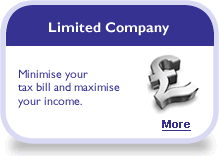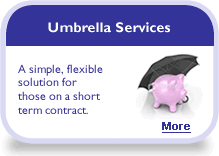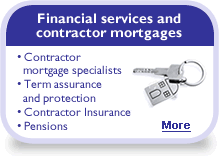You are in: Home » Resources » Business Centre » Being A Sole Trader
What does being a Sole Trader involve?
Set-up
- You need to register as self-employed with HMRC within 3 months of commencing trading.
- If you don't have a ‘Unique Tax Reference’ number (also known as a ‘UTR’), HMRC will provide you with one, once you have registered.
- Pay your fixed rate of class 2 National Insurance Contributions, usually paid by direct debit
Profits
- You will pay income tax and national insurance contributions on all profits whether withdrawn from the business bank account or retained / re-invested within the business.
Liability
- As a sole trader, you are personally responsible for any debts run up by your business. This means your home or other assets may be at risk if your business runs into trouble.
Management and raising finance
- You make all the decisions on how to manage your business.
- You raise money for the business out of your own assets and/or with loans from banks or other lenders.
Records and accounts
- You have to make an annual self assessment tax return to HM Revenue & Customs.
- You must also keep records showing your business income and expenses.
Tax and National Insurance
- As you are self-employed, your profits are taxed as income.
- You also need to pay fixed-rate Class 2 and Class 4 (unfixed) National Insurance Contributions on your profits.















